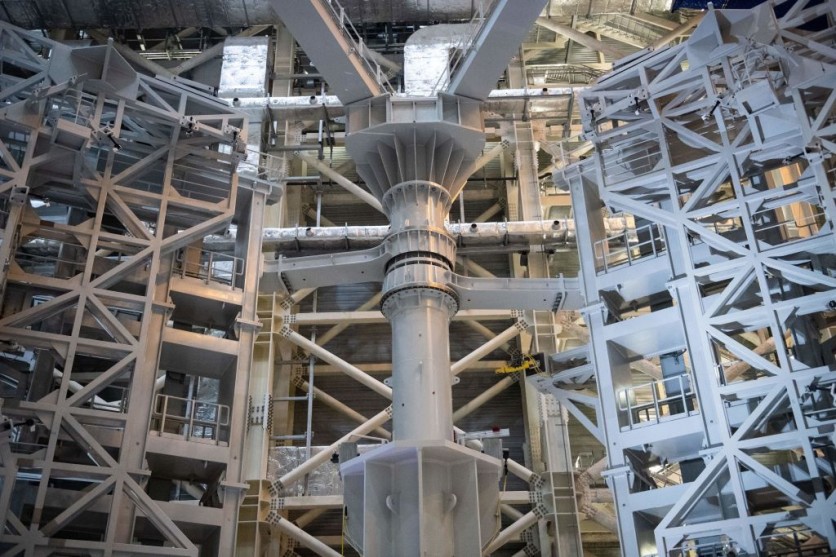Nuclear fusion scientists just achieved a major scientific breakthrough.
The US Department of Energy (DOE) and DOE's National Nuclear Security Administration (NNSA) revealed recently that the Lawrence Livermore National Laboratory (LLNL) just achieved fusion ignition after decades of testing and experimenting.
This could open doors for advancing national defense and establishing green energy, as per DOE's news release.

First Controlled Fusion Experiment
Researchers at LLNL's National Ignition Facility (NIF) made this breakthrough possible after performing the first controlled fusion experiment and generating more energy from fusion in contrast to the laser power used to activate it.
This groundbreaking, historic accomplishment would provide NNSA's Stockpile Stewardship Program unmatched support and offer vital information into the potential of clean fusion energy, which would revolutionize efforts to reach a net-zero carbon economy - one of President Biden's goals.
For many years, scientists have been creating the technology necessary to capture nuclear fusion power at a time when demand for renewable energy is rising due to the problems posed by climate change.
When two atoms collide to create a heavier nucleus, nuclear fusion takes place, unleashing enormous quantities of energy in the process. According to Interesting Engineering, this process emits no carbon dioxide, which means that it could be an ideal source of renewables.
Key Obstacle
The creation of net energy has been a key obstacle to nuclear fusion energy becoming economically feasible.
Fusion reactors take massive quantities of energy to operate and it is also challenging to create more energy than that is sufficient enough to power the technology.
The LLNL researchers heated and compressed hydrogen fuel within a peppercorn-sized capsule at the $3.5 billion NIF facility using a potent 192-beam laser.
The laser has the ability to heat the capsule to a temperature of 100 million degrees Celsius, which is hotter than the Sun's core, and to compress it to a pressure higher than 100 billion times that of Earth's atmosphere. The capsule collapses under enormous force, causing the hydrogen atoms to combine and generate power.
The DOE notes that LLNL's experiment showed for the first time a most fundamental scientific basis for inertial fusion energy. It exceeded the fusion threshold by sending 2.05 megajoules (MJ) of energy to the target, culminating in 3.15 MJ of inertial fusion energy production (IFE).
US Representative Zoe Lofgren said in a statement that this advancement open the path for commercializing fusion energy. She underscored the need for the government to fund the project and enforce the fusion research provisions under CHIPS and Science Act.
Related Article : Korea's New Nuclear Fusion Breakthrough Maintains 100 Million°C for 30 Seconds! Here's How It Was Achieved

ⓒ 2025 TECHTIMES.com All rights reserved. Do not reproduce without permission.




